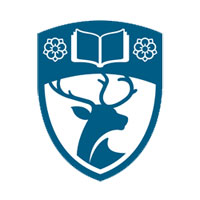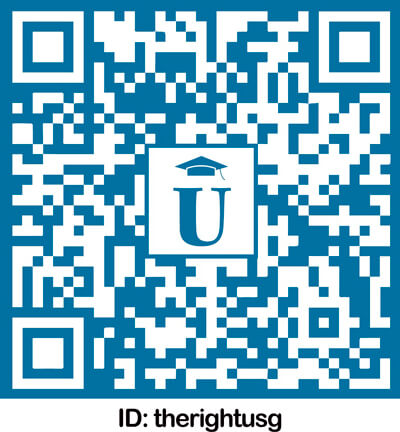fees waived
Aeronautics and Astronautics / Aerodynamics, MEng (Hons)
University of Southampton, United Kingdom
Subject ranking
UK / CUG 2024 4th
UK / ARWU 2024 6th
UK / Guardian 2025 8th
Costs
food & rentS$17.1K / year
Entry requirements
Scholarships
21 - 50 available
10 available
Unlimited quantity
Unlimited quantity
Limited quantity
Information
Code
Intakes
Website (External)
Programmes
Information
Duration
2029
Aeronautics and astronautics emphasizes the study of high-speed aircraft and spacecraft in Earth's atmosphere and beyond, equipping students with essential knowledge and skills for analyzing and controlling aerodynamic behavior. The first two years cover foundational engineering sciences, including aerodynamics, propulsion, flight mechanics, fluid dynamics, and control systems, providing a solid base for designing and operating air and space vehicles.In years three and four, students delve into advanced aerodynamic theory and practical applications for vehicle, wing, and propulsion design, including an individual project in the third year and a group design project in the fourth. Access to state-of-the-art facilities, such as the UK's largest wind tunnel and flight simulators, enhances learning. Assessment involves exams, coursework, reports, and presentations, with courses accredited by the Royal Aeronautical Society and Institution of Mechanical Engineers, leading to chartered status.
Typical modules include: Year one: Introduction to Aeronautics and Astronautics; Engineering Design; Electrical and Electronic Systems; Mathematics; Mechanics, Structures and Materials; Thermofluids. Year two: Aerodynamics; Astronautics; Engineering Management and Law; Materials and Structures; Mathematics; Mechanics of Flight; Propulsion; Systems Design and Computing. Year three: Individual Project; Aerospace Control Design; Aerothermodynamics; Aircraft Structural Design; Introduction to Aircraft Design; plus module options. Year four: Group Design Project and Advanced Aerospace Engineering Management; plus additional module options to deepen your knowledge, such as Experimental Methods for Aerodynamics or Race Car Aerodynamics.
A local representative of University of Southampton in Singapore is available online to assist you with enquiries about this course.

